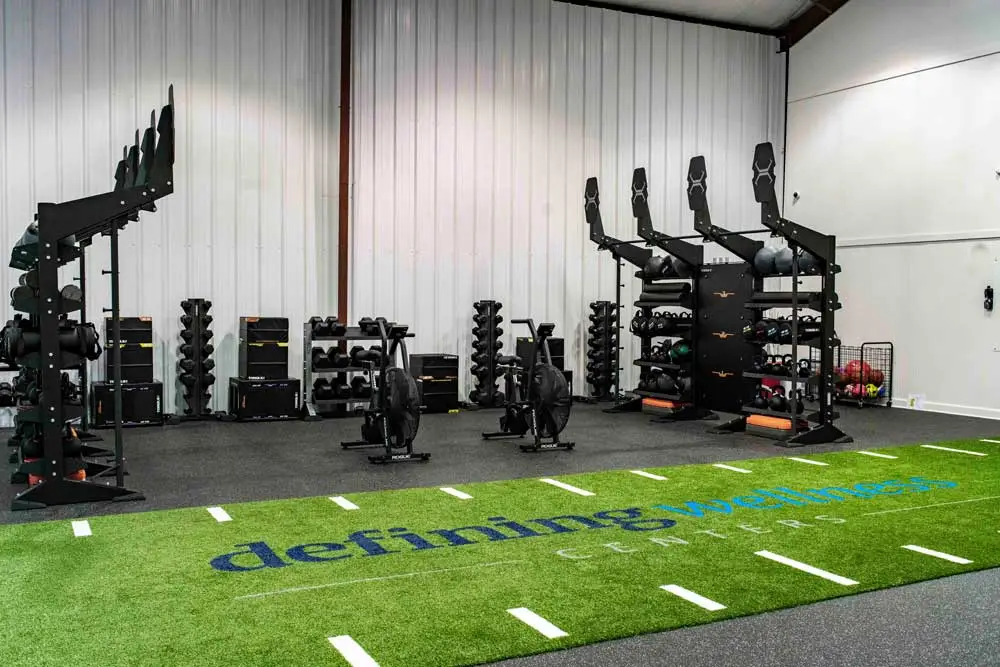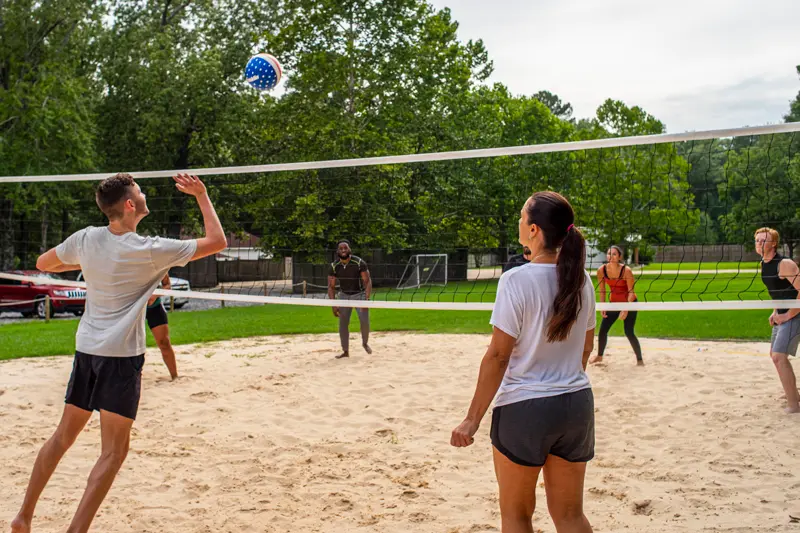If you use opiates or have people close to you that do, you might have noticed that the eyes “bug out” and the pupils contract. Why is that?
This post explains the phenomenon. First, we would like to explain opiates and their role in addiction before getting into the science.
Even though opiates or opioids (physicians consider the terms interchangeable) are beneficial for medical treatment, they can be highly addictive drugs for some individuals.
Being an opiate user exposes you to accidental overdose. An opioid overdose can result in breathing problems, coma or even death. The Centers for Disease Control and Prevention (CDC) find that drug overdose is the leading cause of unintentional death in the United States with opiate drugs making up 70% of the cases.
Most people think that opiate addiction is impossible to recover from. This isn’t the case. When you seek expert help, counselling and proper treatment, a life without opiates is possible.
What Are Opiates Prescribed For?
Doctors usually prescribe opiates to aid relief of moderate to severe pain.
People who, after surgery, suffer from a severe injury or experiencing chronic pain often use opiates. Doctors also prescribe them to anyone who has terminal cancer or any other kind of terminal illness.
CDC data shows that doctors distributed 153 million opioid prescriptions across the United States in 2019. This research equates to almost one pill for every two people.
Methadone, morphine and codeine are commonly prescribed opiates and taken in pill form.
What Causes Opiate Addiction?
Opiate addiction is when you take the substance recklessly despite knowing it’s harmful to your health.
When you “pop a pill,” dopamine and endorphins flood your body. These chemicals in the brain produce a “high” of intense happiness, euphoria or other feelings of pleasure.
Endorphins are naturally found in our bodies. Our brain releases endorphins when we exercise, eat chocolate or do something that benefits the body. Moreover, the sensations we experience after taking opiates are considerably more intense than those resulting from natural endorphin activity in the body. Hence, people abuse opiates because of the pleasure they experience during their intake.
If you notice that your body stops producing these chemicals naturally, it is because you’ve taken opiates over an extended period. Therefore, you may experience an inability to feel pleasure in usually pleasurable activities except when you take opiates. This condition is known as Anhedonia.
Signs and Symptoms of an Opiate Addiction
The symptoms of opiate addiction may occur physical or psychological.
Physical signs include:
- Confusion
- Diarrhea or constipation
- Sweating
- Headache
- Nausea and vomiting
- Tiredness
- Constricted pupils
- Unconsciousness
- Obvious drowsiness
- Overexcitement
- Bradypnea
Psychological symptoms include:
- Social isolation: Not satisfied with only one doctor’s prescription
- Mood swings: New financial problems
- Fear: Persistent falling and staying asleep
Two Commonly Used Opiates
Tramadol
For anyone suffering from moderate to moderately severe pain, doctors use Tramadol as an opioid painkiller during treatment. Tramadol is the safest kind of opiate but addicts or people developing a habit usually take advantage of that because of the drug’s pleasurable effects.
Tramadol overdose can make you experience euphoria, but constant consumption is dangerous to your health. A high dose of Tramadol can result in seizures, convulsions and breathing problems.
Hydrocodone
Hydrocodone is the most prescribed medication in the United States.
It is also an opiate that has addictive properties. Use can also result in euphoria and relaxation.
Most doctors would prescribe hydrocodone as a painkiller. Even when used as directed by your physician, you could still get addicted if care is not taken. Are you taking Hydrocodone for its pleasurable effects? Then the tendency of addiction is higher.
Why Opiates Constrict Your Pupils
If you did not know opiates could be dangerously addictive, now you do. Constricted pupils happen as other physical symptoms like nodding off, lack of motivation, bloodshot eyes and sudden weight loss. Injection marks are another sign but not applicable to new users since they do not start taking injections immediately.
Now to the science on why opiates make our pupils constrict.
You must have heard that our pupils get interchangeably larger and smaller to control the amount of light entering our eyes. When it’s dark out, our pupils get larger to allow more light in, and they get smaller to keep light out when it’s bright. That’s the reason you put on sunglasses after having your pupils dilated at the optometrist. Taking opioids constrict your pupils whether it’s dark or light out.
Brightness is only one of the factors controlling the size of our pupils. We still have sympathetic and parasympathetic nervous systems that regulate our pupils. Our sympathetic nervous system is also in charge of the “fight or flight” response. Our heart rate increases, blood fluid drains from our skin and goes to vital organs where we experience a possible threat, resulting in heightened senses and dilated pupils. It’s not all fight. When we find someone attractive, our pupils become dilated too!
On the other hand, the parasympathetic system has the opposite effects. It’s responsible for most non-emergency body functions. The sympathetic and parasympathetic nervous systems balance and interact with each other. Sometimes one dominates and the other recedes and vice versa. Your sympathetic nervous system maintains your heart rate, breathing and body temperature even when you are very relaxed.
When you take opiates, the whole balance is disrupted. Your body interprets pain and unconscious signals from organs and tries to balance. Opiates are responsible for blocking such signals that we experience as pain, anxiety and stress that make sympathetic activity very low. When your body experiences low sympathetic activity, your blood pressure, heart rate and breathing can rise to dangerous levels from excessive use. If the “pill popping” continues, you may experience drowsiness and your pupils getting even smaller if not more dire effects.
Opiate Addiction Treatment
Recovery from opiate abuse disorder takes time. You’ll need to change the behaviors that made you take drugs in the first place. Addiction is a symptom, not the root problem.
The best approach to opiate addiction treatment is through different therapies adapted to suit your personal needs. A professional treatment facility offers a swath of strategies to “kick a habit” like individual counselling, support groups and family programs.
If you feel you may have a problem with opiates and want to “open your eyes,” call us today!









